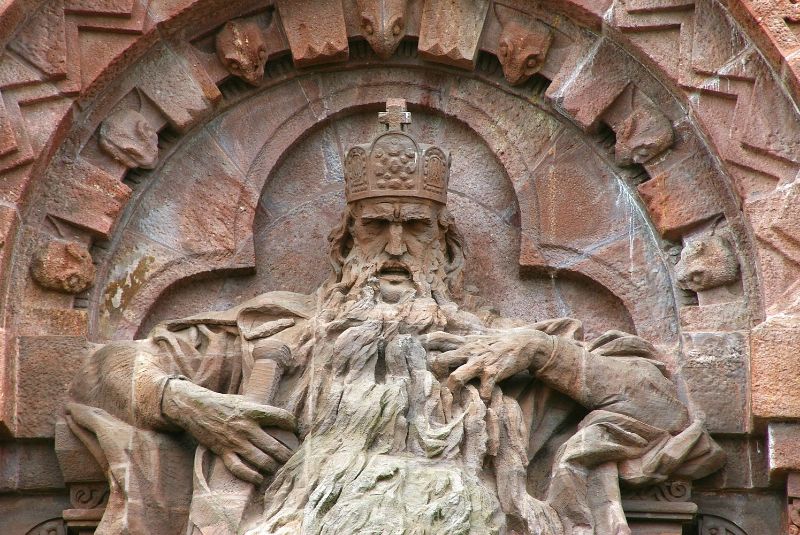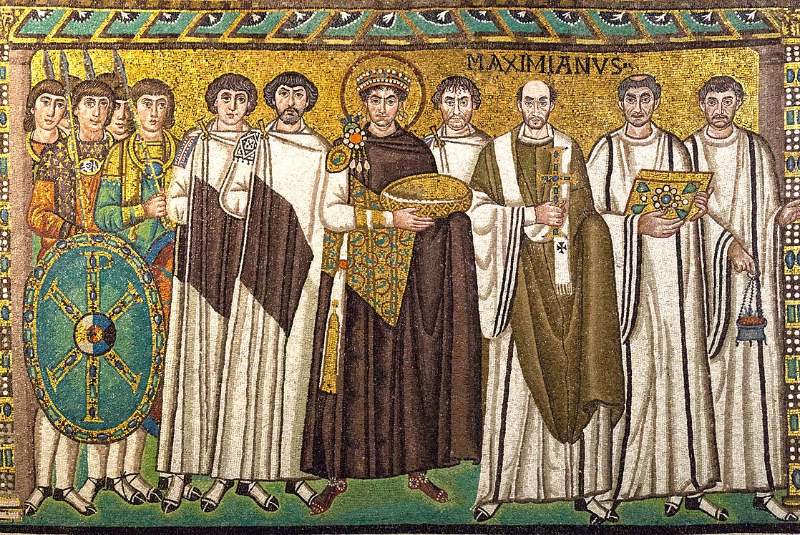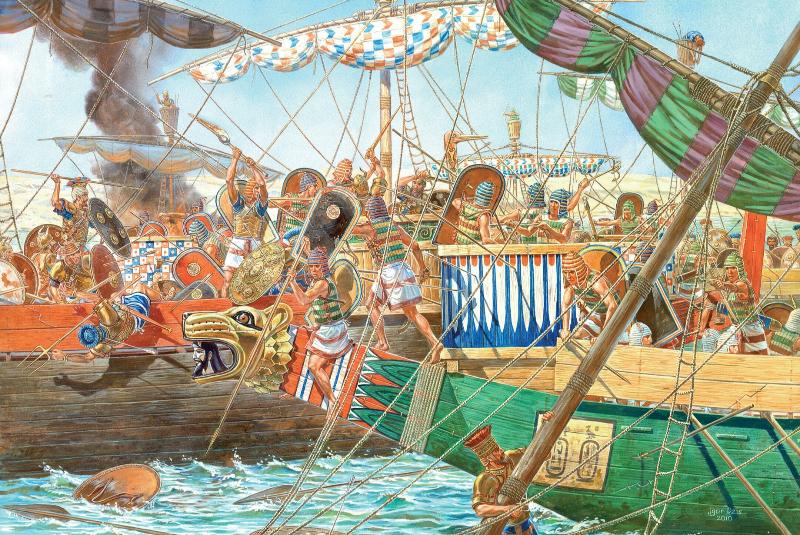The tale of Emperor Frederick I, known to many as Barbarossa, stretches far beyond the mere mortal coils of history into the rich tapestry of legend and myth that so often embroiders the fabric of a nation’s identity. His life, reign, and mysterious end are the stuff of historical records; yet, it is the folklore that has ensured his name remains a beacon of fascination centuries after his supposed death. It is in these stories, these whispers of the past, that we find a figure both enigmatic and emblematic of a time when the line between history and legend was irrevocably blurred.
Barbarossa’s legend is intricately tied to the very conception of German national identity, a concept that struggled through the vicissitudes of time, particularly in the years following his disappearance. The Germany of Barbarossa's era was a land striving for cohesion, for unity amidst a myriad of principalities and powers that would often find themselves at odds with each other. It was a time of chivalry and conquest, of power struggles both within and without, and Barbarossa was a figure that seemingly stood astride these divisions, a colossus of leadership and strength.
His rule is often looked back upon as a golden age, an era of stability and prosperity that was lamentably lost to the ages. His absence left a void that was felt throughout the empire, and it was in this void that the seeds of legend were sown. The mystery surrounding his death – or lack thereof – was the fertile ground from which sprouted tales of an emperor not dead, but merely dormant, waiting for the moment to return and lead his people once more.
The legend goes thus: Barbarossa did not perish but was ensorcelled by a great magic, or perhaps by the will of destiny itself, to slumber in the hidden depths of the Kyffhäuser mountains. There, in a cave shrouded in enchantment, the emperor is said to sit upon his throne, in a hall of his loyal servants, suspended in time. His red beard, from which his moniker ‘Redbeard’ derives, grows long and wild, weaving its way through the stone of his table, a living testament to the passage of years.
Every century, so the stories tell, a servant is dispatched to see if the time for awakening has come. Should ravens still circle the mountain, it is a sign that Germany is not yet in peace or free from strife, and so Barbarossa sleeps on. It is only when the ravens flee and the eagle soars high, the herald of harmony, that the emperor will rouse from his enchanted slumber.
These legends have been told and retold, morphing over the years, with variations adding to the rich tapestry of the Barbarossa mythos. In some versions, it is not the flight of the eagle but the growth of his beard – thrice around the table must it grow – that will break the spell that binds him. In others, it is not Barbarossa himself but a descendant, a grandson, who waits in the stony silence of the mountain for the hour to strike.
The figure of Barbarossa became so ingrained in the German consciousness that he transcended mere memory and entered the realm of symbol. To some, he was Redbeard, the sleeping king who would one day return. To others, he was a reminder of past glories and the hope for future unity. The legend was so potent that in the 1890s, it was given form in a monumental way.
Perched atop the Kyffhäuser mountains, a monument stands as a testament to the enduring power of the Barbarossa myth. It depicts not just the sleeping emperor but also Emperor Wilhelm I on horseback – a connection across centuries, a symbolic passing of the torch. The monument solidified the legend in stone and sentiment, its creators intending it to be a declaration that the spirit of Barbarossa, the essence of German unity and strength, had found its successor in Wilhelm, nicknamed Whitebeard in echo of his mythic predecessor.
The success of this monument in cementing Wilhelm I as the heir to Barbarossa's legacy was significant. It served to unify the narrative of German history, intertwining the past with the present and insinuating a future that echoed with the resonance of legend. Yet, despite the stone and stories, despite the monuments and myths, the question lingers – does Barbarossa truly sleep, and if so, will he awaken?
While many a skeptical mind would cast these tales as nothing more than folklore, there are those who hold the legend close to their hearts. To them, it is not just a story but a promise of resurgence, a symbol of national pride waiting to be fulfilled. It is a caution to those who would tread the mountains lightly, for legends, as history has often shown, have a peculiar way of leaving their mark upon the world.

In the shadow of such a potent myth, it is worth exploring the history that gave birth to the legend, delving into the life and times of Barbarossa, and considering the world in which he lived. We must sift through the annals of history to find the man behind the myth, to understand the emperor who became a legend, and to uncover the reasons why his memory has endured with such vividness in the collective imagination of a nation.
In the following sections, we shall embark on a journey through time, tracing the footsteps of Barbarossa from his ascension to the throne to the fateful Third Crusade, exploring the political landscape of his empire, and examining the formation and perpetuation of his legend. We will also consider the impact of such myths on national identity, the role of monuments in memorializing history, and the human fascination with the legends that arise at the intersection of fact and fiction.
Let us begin by setting the stage for the saga of Barbarossa, with a gaze cast back to the Middle Ages, to the Holy Roman Empire over which he reigned, and to the tumultuous era that forged the legacy of an emperor whose name would become synonymous with the dream of a united Germany.




